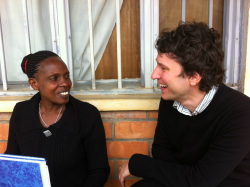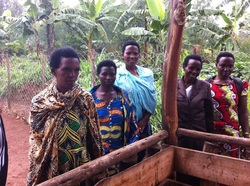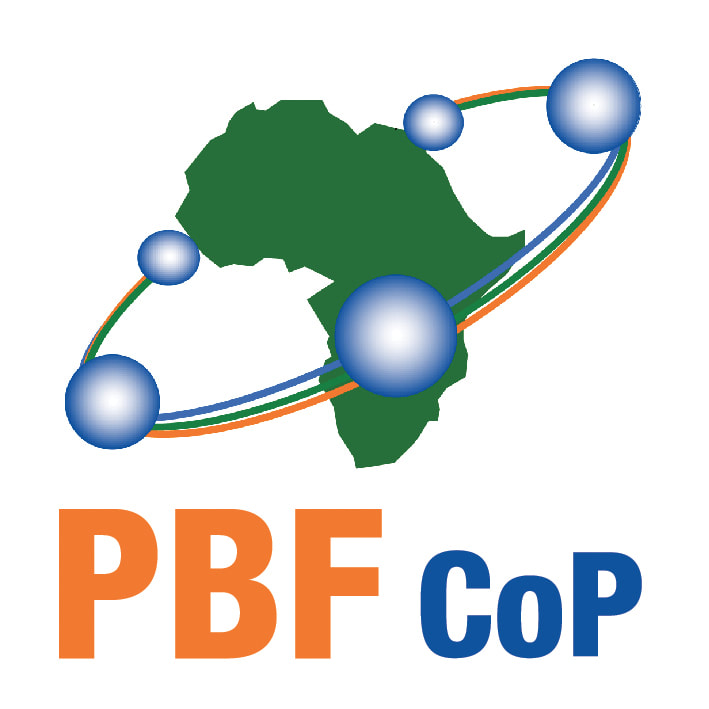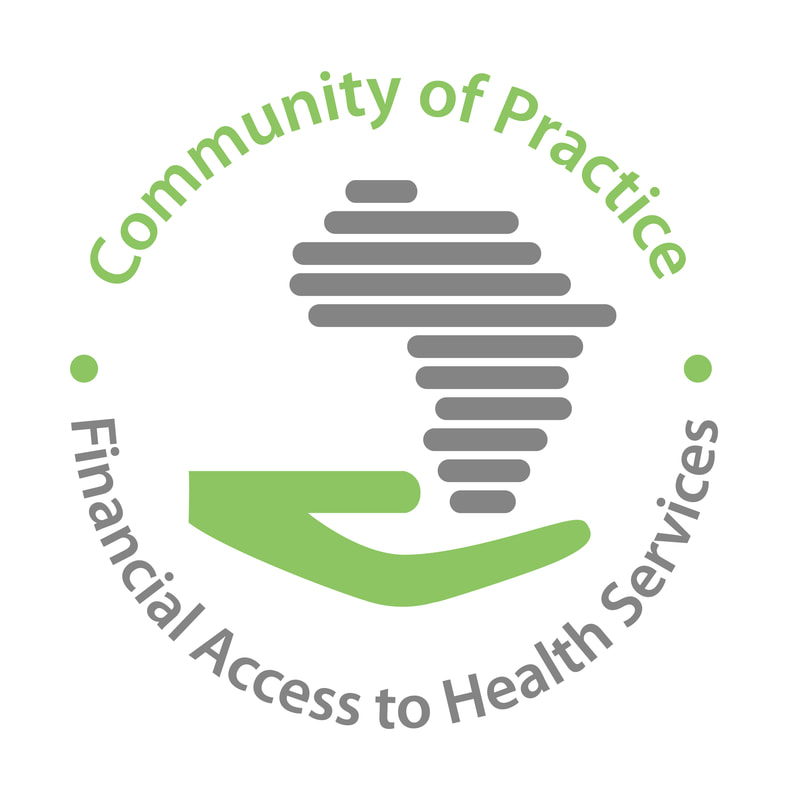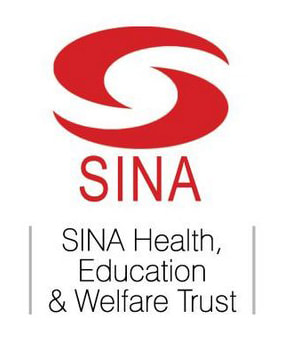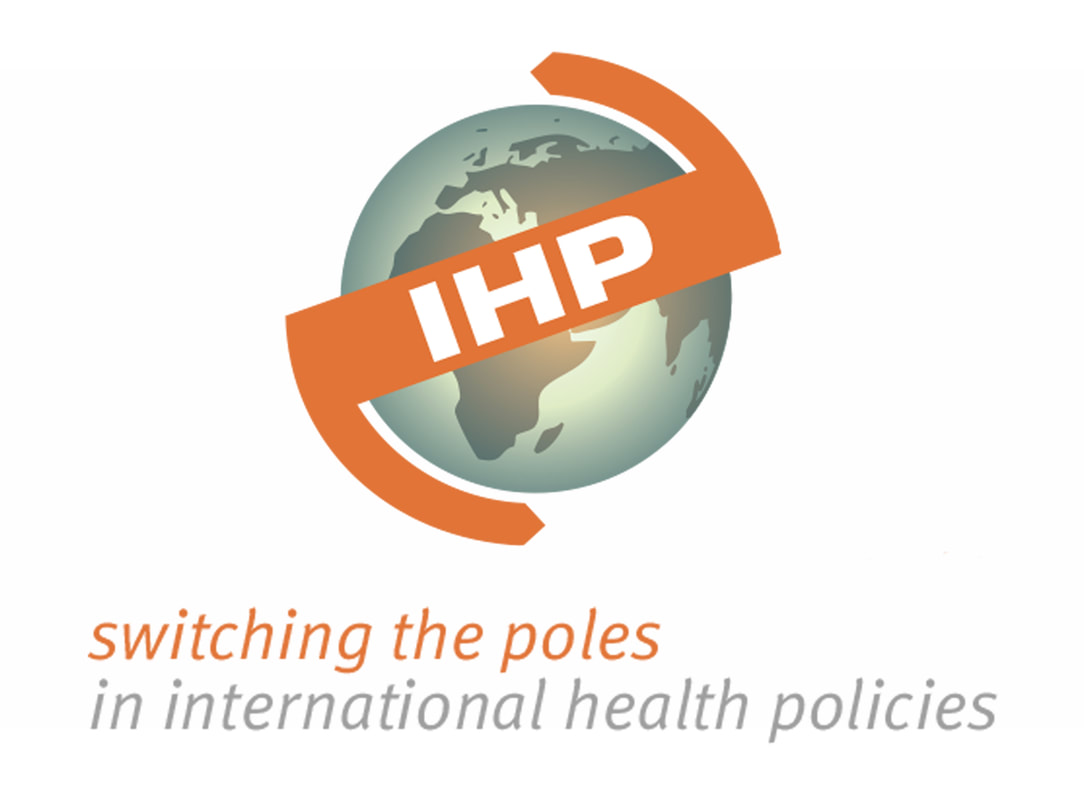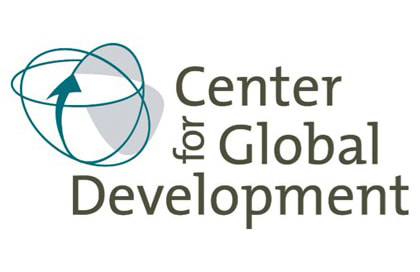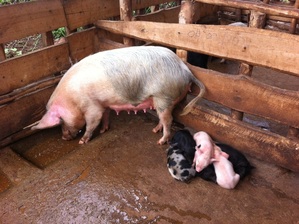
You are international health expert and you distrust the strategy of community health workers, hate performance based financing and don’t believe in community participation anymore? Press on the key “Rwanda” for an update!
In August 2013, during a visit in Burundi, I had the opportunity to discover a pilot experience of community PBF. That experience, led by the ONG IADH overcame the reluctances I had so far, as many others, regarding the strategy of community health workers. I knew that this strategy was already applied countrywide in Rwanda, the neighboring country. I benefited from a recent request from the Government of Rwanda and the United States Government’s Integrated Health Systems Strengthening Project (led by Management Sciences for Health) to learn more about it. My conviction was strengthened: we are facing a breakthrough.
Development of community PBF in Rwanda
The Rwanda’s experience in community PBF occurred in two times. The first experience- since 2006- thoroughly played the game of decentralization: the local government had transferred the budget for the community health workers to the local authorities (the administrative district). That approach, the G2G (government to government), to some extent, failed in its early stage. As Dr. Claude Sekabaraga, who I met again in Kigali, reminded me, the money didn’t reach the beneficiaries and was sometimes used by the decentralized administrative structures to fund other activities (infrastructures…) that seemed to be a higher priority. The second experience - started in 2009 - has been funded by the Global Fund to Fight AIDS, Tuberculosis and Malaria. Because of the donor's rules, the funds for the community health workers have been transferred through the health centres.
The originality of the Rwandan model lies in the organisation of the community health workers (CHWs). The MOH opted for the setting of cooperatives of CHWs. Cathy Mugeni, who leads, since the beginning, the program at the MOH in Kigali, explained that this choice was, among others, due to the national political context: in comparison to an 'association' (like in Burundi), the cooperative is an institutional formula that permits more easily an economic activity, additional to the support to routine community health activities - it was more conform to the country’s objective to progress towards a lesser dependency to external aid for the funding of its health sector.
I was of course curious to discover the strategy on the field. By chance, my stay in Rwanda coincided with that of a delegation of the Lesotho’s Ministry of Health. I was thus able to join them for a visit of the Gikomero health center (1).
Lessons
The community health workers must henceforth be recognized as an integral component of the health system. I say “henceforth” because it was not and is still not the practice in most CHW programs: in many countries, the strategy of CHWs has been impeded for longtime by its fragmentation (each vertical program having its own CHWs); it had also been accused of paving the way for apprentice doctors, uncontrollable once equipped with drugs. I can’t take position for each context, but what I’ve seen in Rwanda, what told me different informants and what I’ve read besides convinced me: ignoring the CHWs is depriving ourselves of a true accelerator for numerous health objectives that are dear to us, especially those under the MDGs 4,5 and 6.
Dr. Michel Gasana, National Director of the National Tuberculosis Control Programme, thus explained me that CHWs played henceforth a key role in the identification and referral of persons suspected of having tuberculosis. They also play a role in the administration of the treatment (DOTS). At Gikomero, the CHWs showed us a lot of their activities, including the integrated management of childhood diseases (fever, diarrhea and pneumonia) at the community level, the promotion of the use of family planning services, the delivery of contraceptive methods and drugs to manage tuberculosis, the behavior change communication, and the community-based nutrition program: all high impact interventions. We also appreciated the quality of their different tools.
As many health system experts, my attention these last years has been drawn to the health facilities. Our first concern was to reinforce them so they may be able to deliver their health package. What stroke me at Gikomero was the very high integration that exists between the activities of CHWs and those of the health center. If the CHWs provide some services (e.g. treatment of diarrhea with ORS and Zinc, treatment of pneumonia, treatment of malaria), a good part of their contribution is the promotion of the use of the health center (they also are permanently in touch with the health center and the Ministry of Health thanks to mobile phones that permit to lead fast interventions to save lives at the community level). The key advantage of the CHW is that he/she lives in the village. He/she is trusted by the community and is thus welcomed in each household. Later, the same day, we visited, in another district, the Rutongo hospital. In the pediatric ward, we were able to interview a mother with her baby who has kwashiorkor. She told us her journey: her notice of a change in the behavior of her baby, her contact with 'her' CHW, the decision to go together to the health center (despite that the anthropomorphic measures were in the “green”), and after the diagnosis of a severe malnutrition by the health center, the immediate referral to the hospital (using an ambulance).
One of the great strengths of the Makamba experience in Burundi and the one from Rwanda is the establishment of a joint entity to all the CHWs of one health center. Firstly, this removes the previous problem of fragmentation of the strategies using CHWs (each program having his). This also greatly facilitates the communication with the health center; this permits for example passing at the scale of a strategy in a quicker way. More fundamentally, the existence of an association of a cooperative permits to pass from a model where the CHW is strictly instrumental to a model that really favors a collective decision- which is, for me, the real stake of the community action.
For that, it was needed to create a stake for collective decision. Our hypothesis is that community PBF, with its injunction of funds into these self-managed entities (associations or cooperatives), creates that involvement. Because if the community PBF envisages that the joint entity will have to remunerate each CHW for its own contribution, the payment by the Ministry of Health is high enough for the group to put a part of its revenue aside. With that money, investment decisions can be made.
At Gikomero, Ms. Concessa Kiberinka, CHW and accounting of the CHWs cooperative, presented us the different activities led by the cooperative: a piggery, a banana plantation, real estate investments… She also told us about their future project: to build a production unit of pork! In business management schools, this is called to move up the value chain…
I asked her if there was no risk that the economic success of the cooperative corrupts the project, whose first finality was health. We could for example imagine that in the future, the candidates to the post of CHW are “opportunists”, mainly interested by the economic gain. She explained me that each village chose, democratically, its CHW, and that criteria were the dedication for the village, the integrity, the ability to gain the trust to visit households… (2). It’s difficult to describe, but during the different oral interventions of CHWs during our visit, all these values emanated from them.
Emergence of a model
So there is a model extremely well designed and structured that emerges: CHWs, democratically elected by the community, trained on an effective health interventions package, working collectively and under the supervision of a health center, locally organized into a cooperative, itself remunerated by a PBF and fostered to launch economic activities, all of that in a context of strong political mobilization.
One can predict that the next Demographic and Health Survey (2015) will confirm the health impact of that global strategy. Some will ask which component will have been the most determinant. Dr. Ina Kalisa Rukundo (School of Public Health of Kigali), who is coordinating a study in the impact of the community PBF funded by the World Bank told me: “Between the baseline and the final assessment, three years have passed. In Rwanda, everything goes very fast. There has been a very strong mobilization of the national and local authorities in favor of CHWs. It is also a small country and the good ideas are quickly shared. Our study tries to isolate the effect of PBF, but we would not be surprised if finally, the study reveals that the different arms of the study have similar results”. It is also probable that the numerous beneficial effects related to that policy (especially in terms of governance and economic impact) will never be well identified. This is the case for societies in rapid transformation.
A renewed vision
One must of course be careful with the experiences from Rwanda and Burundi. Factors like the high density of population, the democracy at the village level, or the high implication of women in the collective action could be elements more difficult to find in other contexts. It is also possible that more that the “what” to do, it is the “how” to do it that matters. It is by the experimentation elsewhere that we will know it.
This shows a more general lesson, surely valid for the academic world engaged in global health: it is greatly time to review some of our dogmas and mental categories. We live in a world in permanent change, in Africa as well. What was unimaginable yesterday can happens tomorrow… and is already occurring in Rwanda! In public health, many of our references are based on a static, or even worse, wrong reading of the societies. As teachers, we must have the humility to recognize that part of our teaching is shaped by our past experiences and determined by analysis frameworks maybe conceptually elegant, but out of phase with the reality.
Notes
(1) Thanks to Health Development Performance and to the School of Public Health for having accepted us as visitors for this visit!
(2) The cooperatives include 2/3 of women; as a man, I see there a very wise decision (moreover, not surprising for Rwanda).
